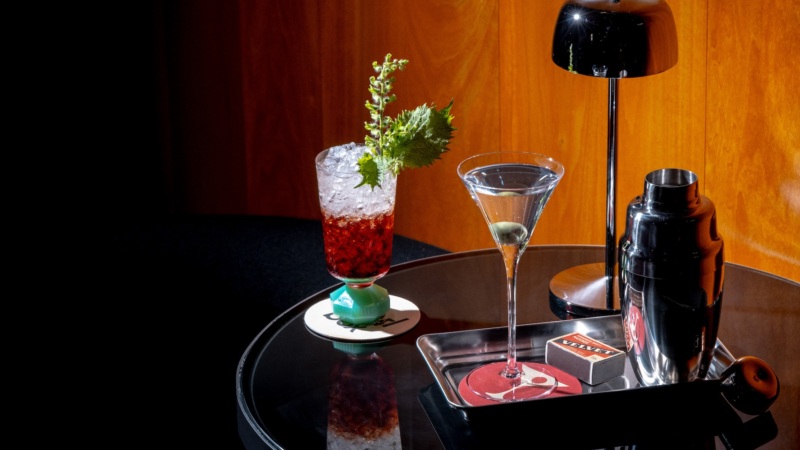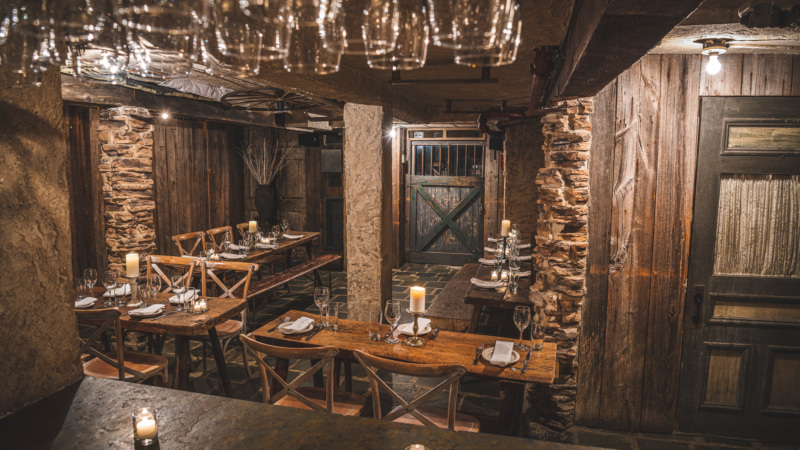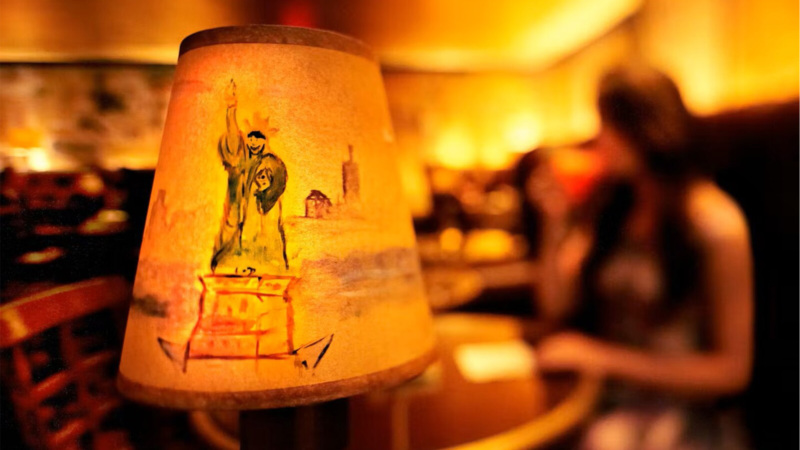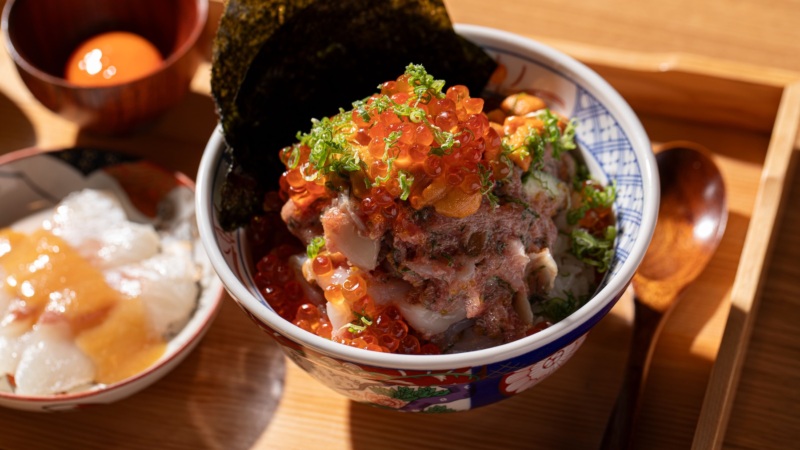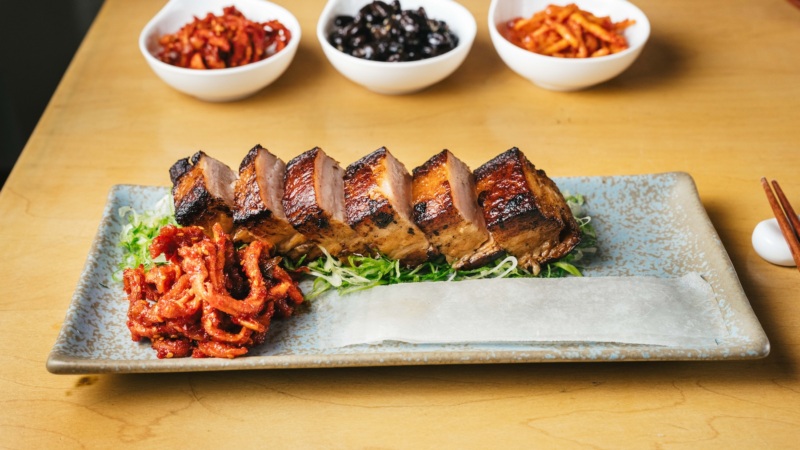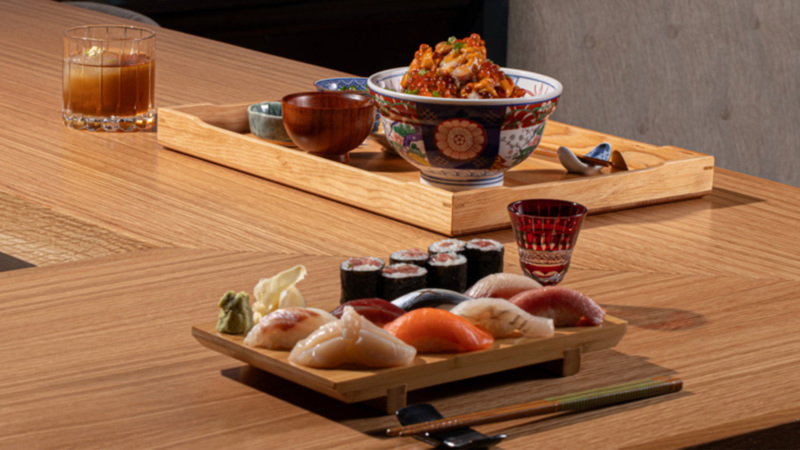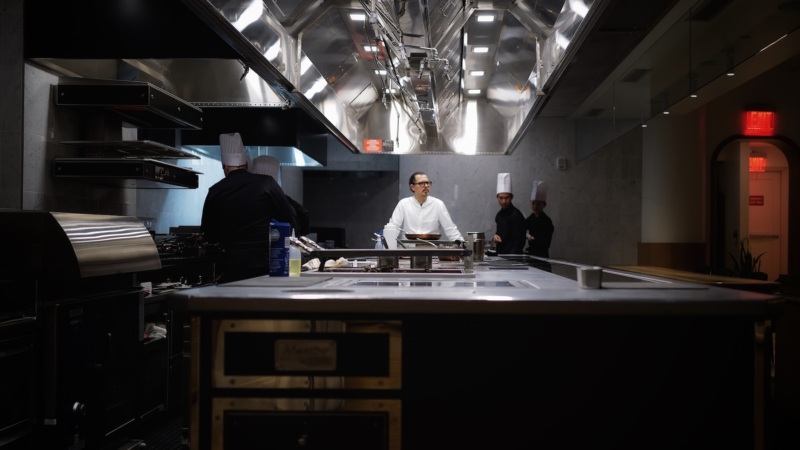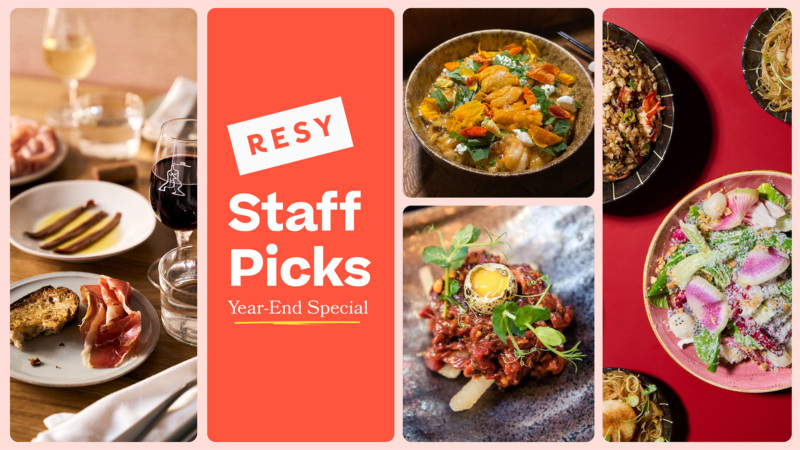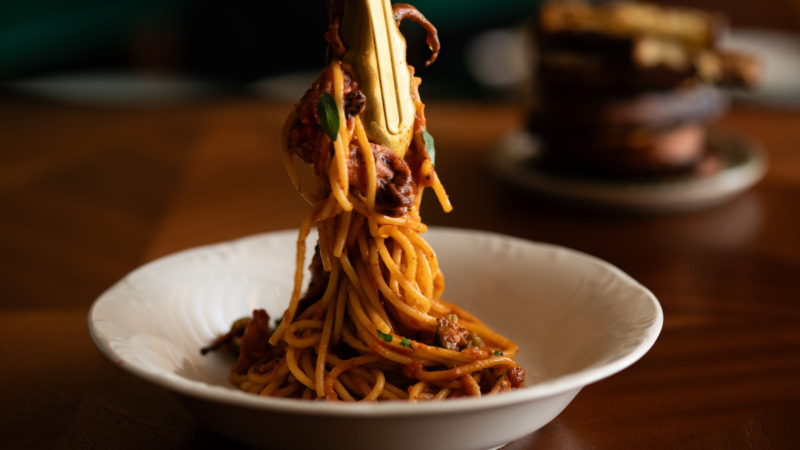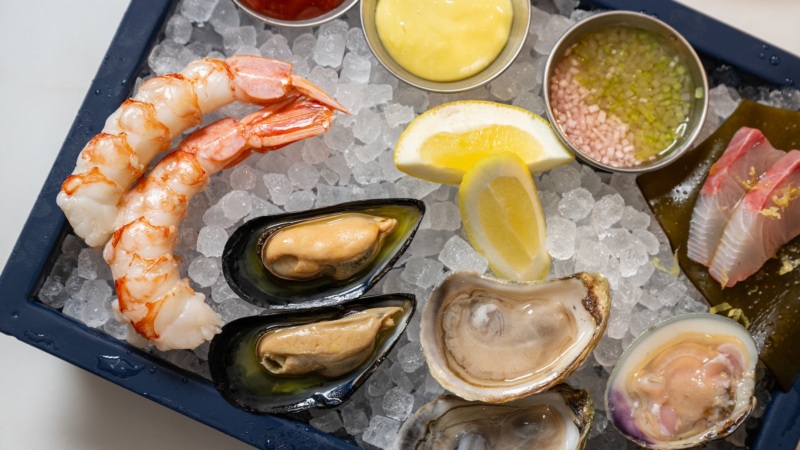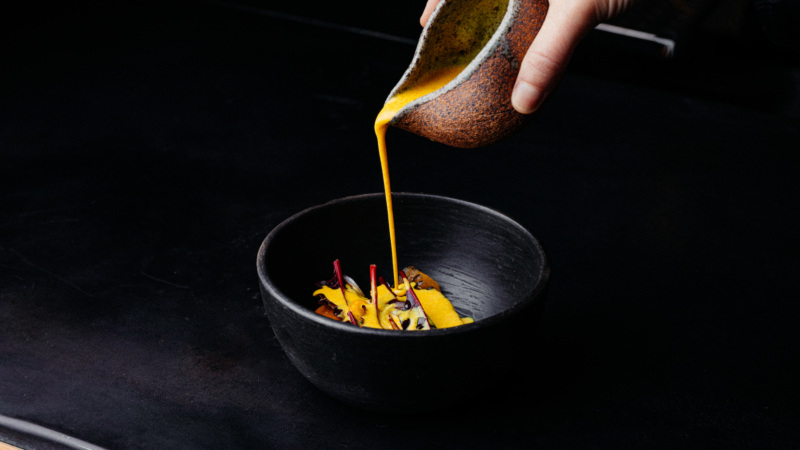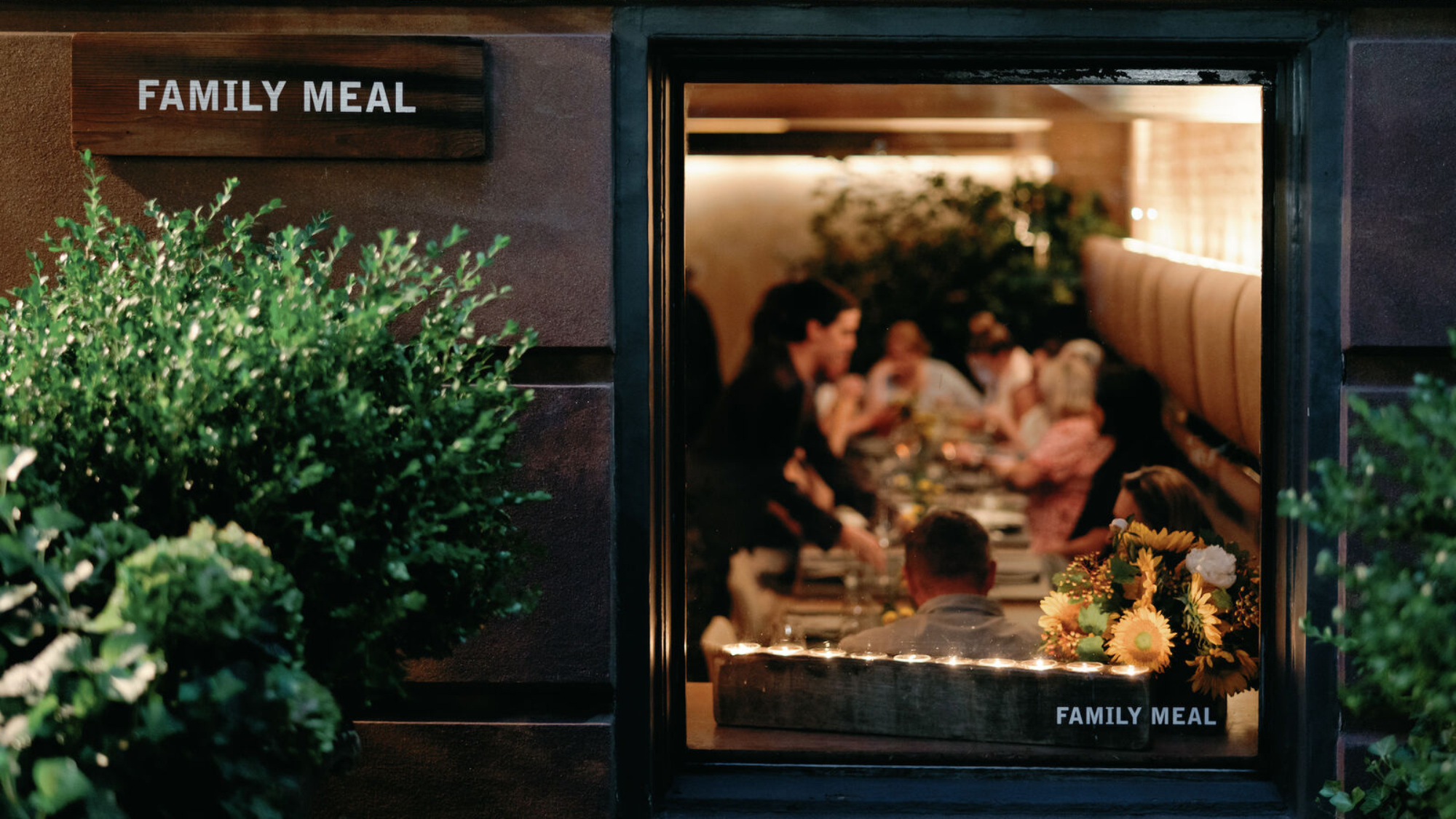
A Closer Look at Family Meal at Blue Hill
In 2000, chef Dan Barber first opened Blue Hill in Greenwich Village, bringing the magic and bounty of local farms to the city, eventually (and famously) adding his own — Blue Hill at Stone Barns — to the mix four years later. Fiercely farm-to-table, the original Blue Hill has evolved through several iterations and its latest concept, a response to the pandemic, has resonated deeply with New Yorkers, and Blue Hill’s team. Family Meal, named for the shared meal that restaurant staff share before a shift, could be Blue Hill’s most ambitious path yet.
At Family Meal, there are no menus. You’re served the dishes that the chefs have created (often that day, off the cuff), designed to be shared and enjoyed with others. And leading the charge in the kitchen is Blue Hill’s chef de cuisine Mark Ordaz, formerly of Momofuku Ssäm Bar and Daniel Boulud’s Bistro Moderne, who is more than up to the task of reinventing the wheel every night.
Resy: So, how did Family Meal at Blue Hill come to be?
Mark Ordaz: The team had the idea to come up with a shared concept, something to bring
everyone together post-COVID and ease everyone back into the dining scene in 2021. I came in a little bit after, about a week before reopening. Originally, I was just cooking on the line before I was promoted to chef de cuisine.
The ball just started rolling, and I think we’re busier and a little more popular than any of us would have ever thought. We just kind of kept running with it and almost used it as a year of basically [researching and developing] this concept, trying to fine tune it and get it right.
Was it always intended to be more permanent, or did it grow from the pop-up?
I think from what I saw, the idea was just meant to be a three-month pop-up. That was to get the space able to open back up, reintroduce guests into the space, and reintroduce the staff to the space. We were either going to go back to what Blue Hill was pre-COVID, or do another concept, but we just kept having fun within the space when it was a pop-up. The concept alone has the ability to always be changing, so we decided to stick with this.
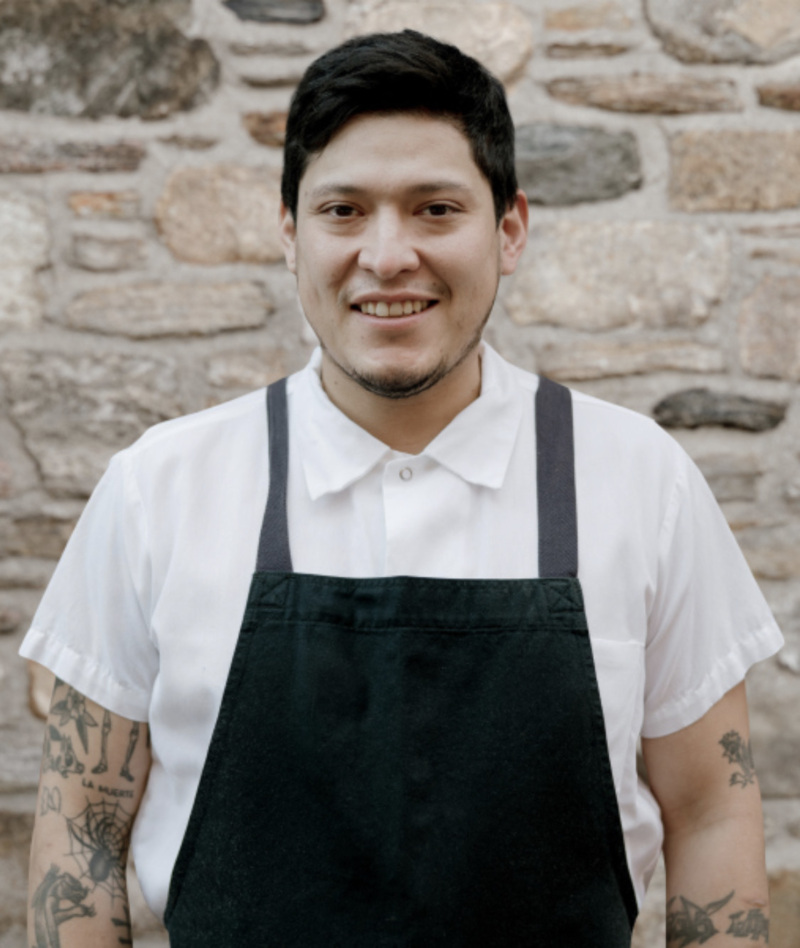

I’d love to hear why you think this concept has been so appealing to you, post (kind of) pandemic.
It’s hard to say. If you go out to eat, you notice you eat a certain way when you’re with a group of people. You share everything and it’s often play-by-play what you choose. I think what’s appealing is that here, we set it up to sell the things we’re most excited about. So you get to come in, relax, talk amongst your friends, and just worry about ordering drinks and let us do the rest. I think for some people, that’s nice, because they don’t have to think about ordering or look at the menu. You just get to sit there and wait for it to happen.
As a chef, what do you feel like has been the most exciting thing about this concept?
It’s the consistency to change. We’re able to change the menu or aspects of the menu sometimes daily depending on the season. We have all these micro-seasons within the seasons so we’re constantly looking at things that we may have that are good for just a day or two. We’re not so confined to having to rethink the entire menu and rethink everything that goes with it. We’re able to kind of just keep evolving it continuously while using the new ingredients.
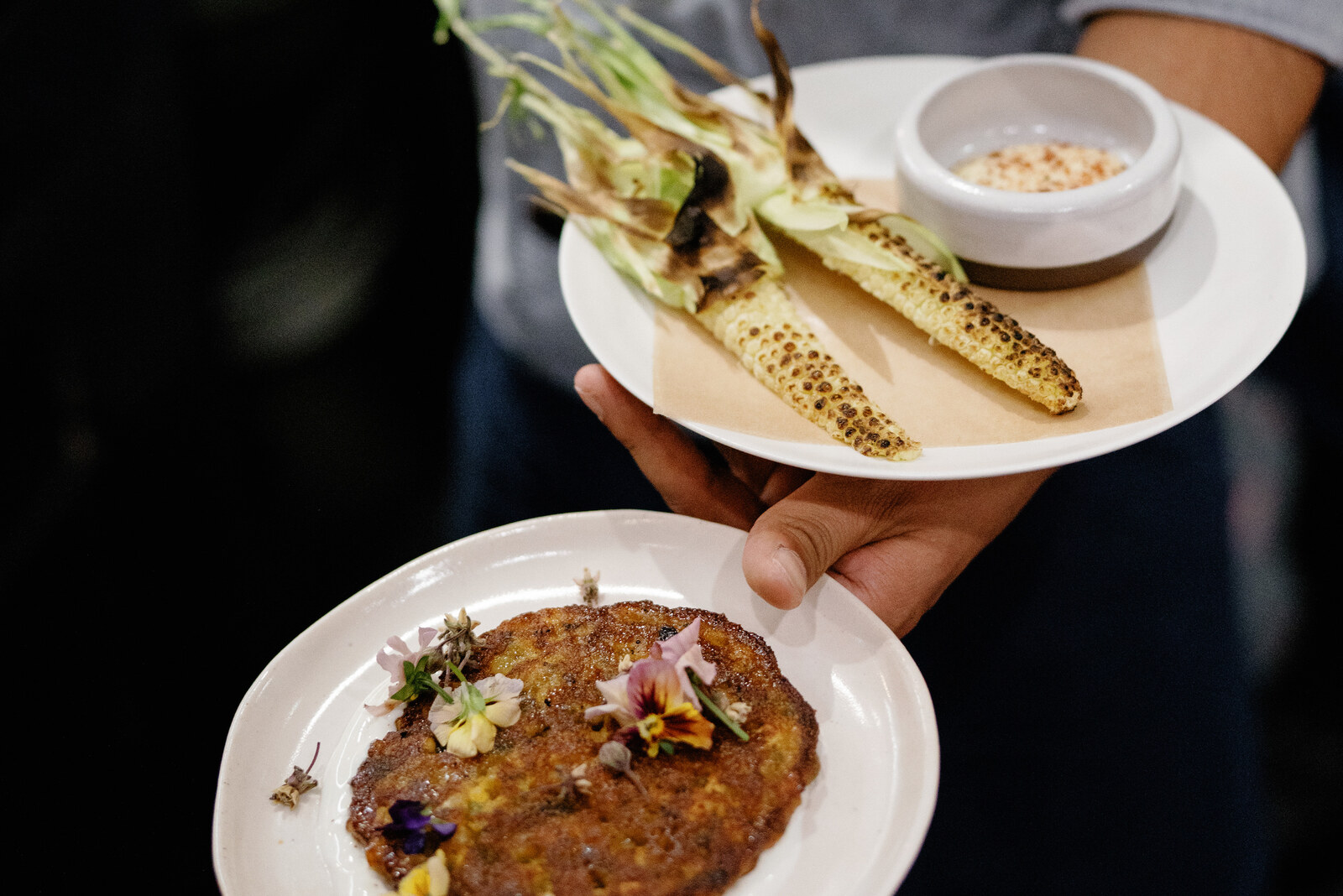

Are things truly changing daily?
Yeah, there are changes daily. At times, we do a full menu change. We would sit down and really think about how we just can change the entire menu from season to season, but recently we’ve been using a format that we really love, so we just adjust and move things around when we want to add something.
What are some examples of those quick-moving ingredients?
Right now we’re in the season of tomatoes. It’s one of those things where we’re always kind of waiting for things we’re excited to use. I’ve also noticed that you get these beautiful strawberries for maybe two weeks; most of the time, you see them in late spring. When we see them, we grab them.

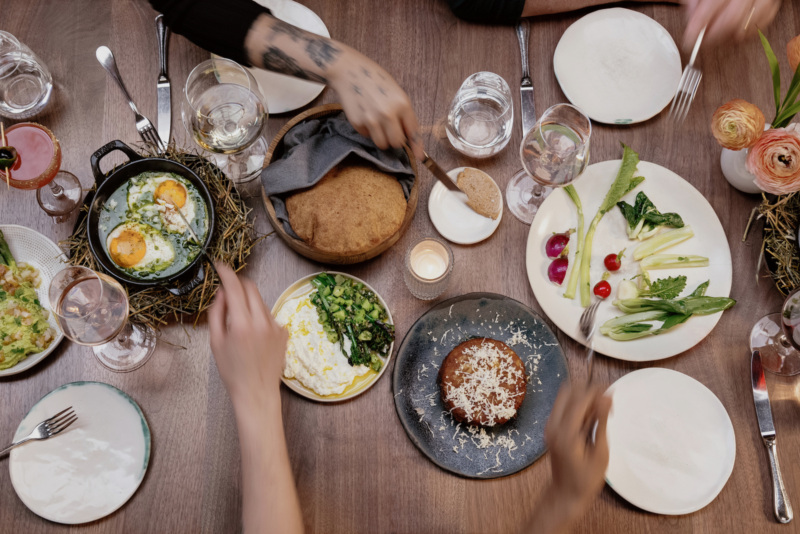
Definitely. Let’s chat more about your career generally. How did you end up at Family Meal?
I’ve been in the city since 2008. I started working for Daniel Boulud and I was with him until about 2013. I had done a couple of cycles abroad in between. I was trained in a very French style, which I loved. It’s the kind of kitchen you expect coming out of culinary school. Daniel himself was just an incredible mentor.
Then, I moved on to Momofuku. I was there for six years almost, and I got to be a little more creative and play around with products. There were a lot of great people there who taught me a lot of new things and how to think about the food differently.
Dan [Barber, the chef and owner of Blue Hill and Blue Hill at Stone Barns] was in contact with me out of the blue, he had heard that I was leaving Momofuku. We talked about this concept, and I drove up to visit Tarrytown. If you’ve ever been up to Stone Barns, you know that it’s very easy to fall in love with it. It’s everything I’ve always wanted to do — just that idea of creating these plates that people share. I know it’s not a new concept, but the whole menu being based on that was exciting to me.
It’s pretty unique to be able to visit the farm where some of the ingredients come from.
I would say it’s very unique. Obviously, farm-to-table dining is not new; everyone does it these days. It’s almost like it’s not even worth mentioning. But we’re very loyal to a lot of people, a lot of farmers, and the products that we believe in.

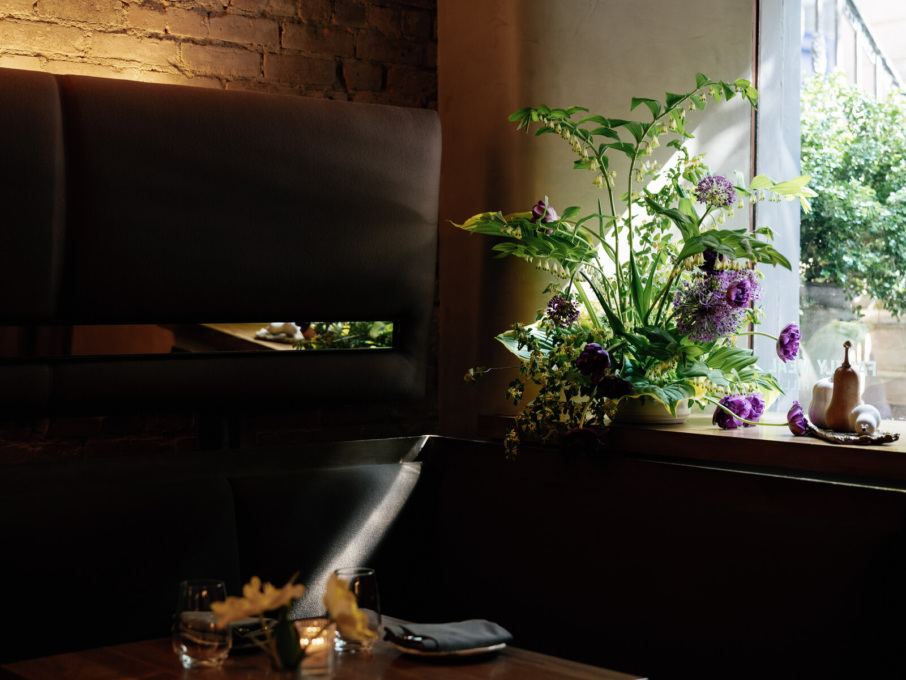
Do you think this more — for lack of a better word — “freestyle” approach to farm-to-table cooking is where fine dining may be headed?
It’s hard to say. I think that’s kind of the goal: to embrace the seasons. If I had to guess, I’d say a lot of chefs would be excited to do a more ever-changing concept. But I think the ever-changing concept is always going to be tough. Restaurants are hard enough as it is. I think we’re just kind of lucky enough to find a good way to do that.
Can you walk me through how you go about planning the menus?
At the start, I do the thing I’ve just always done and look at what’s coming up in the season. It’s very in the moment. My sous chefs and I meet at the market on the market days and a lot of our menu planning happens there as we talk with the people who work there. We think about what we just used, what we have just made from something else that’s not available anymore, and how we can tie things together. Most of that happens at the market.
I know it may be hard, given that we’ve just spent a lot of time talking about how frequently things change, but can you give some examples of past dishes that people could maybe expect?
In the past couple of years we’ve done some really fun things. We’ve actually been talking about this, to see if we’re going to do it again, just because we try not to repeat too much, but last year we took one of the honeynut squashes that we had, hollowed it out, and filled it with cheesecake. That was a big hit.
There’s a bean stew that we’re working on right now that is kind of similar to what we did last year. It was a very turmeric-heavy bean stew with chicken; that’s something you could probably see coming up soon. I think our bread course is also delicious. It’s focused around Barber wheat, which is one of the wheats that comes from Stone Barns, and we make flatbread with it. Then that’s the base for spreads or other dips.
We also have a full bar and a small cocktail list. It’s the same concept as what we do with the food. If we make something that we’re excited about, we’ll give it to the bartenders to try. They’re also always aware of the seasons and what’s coming out and they plan their cocktails that way.
Yum. How has the concept evolved since you opened?
Originally, we started by dropping everything [on the table] at once. The idea was a table set and we built this platter of dishes that we would take out and serve, and that was it. Slowly, month by month, it started to turn into a couple dishes at a time. People wanted to sit and enjoy a little bit longer and it also gave us an ability to add on a small wine pairing. Then it started to take more shape with snacks, bread, appetizers, and mains being served as courses.
Great. Is there anything else you want to add?
Just that we’re super excited for everyone to come try what we do. We want people to be excited about the fact that if you become a regular here, there may be things you’ve seen before, but there will always be something new.
You’ll never get bored.
Exactly.
Family Meal at Blue Hill is open from 5:30 p.m. until 9 p.m. Sunday through Thursday, and until 9:30 p.m. on Friday and Saturday. The menu is priced at $145 per person, before tax and tip.
Ellie Plass is a freelance writer based in Brooklyn. Follow her on Instagram and X (formerly Twitter). Follow Resy, too.




